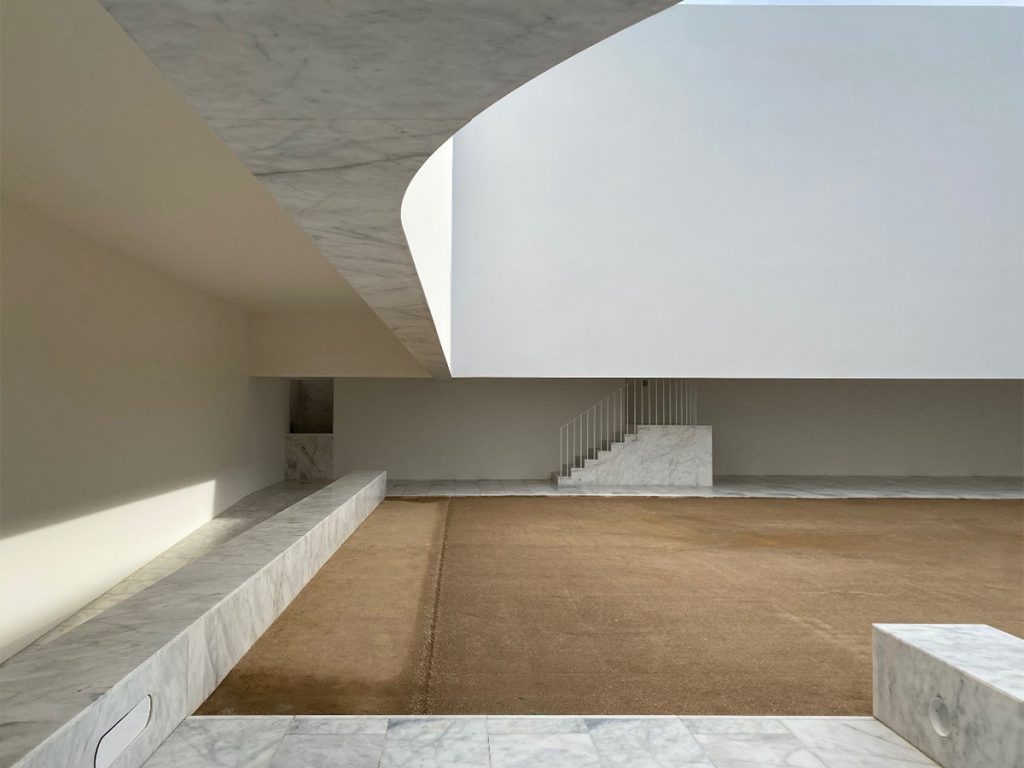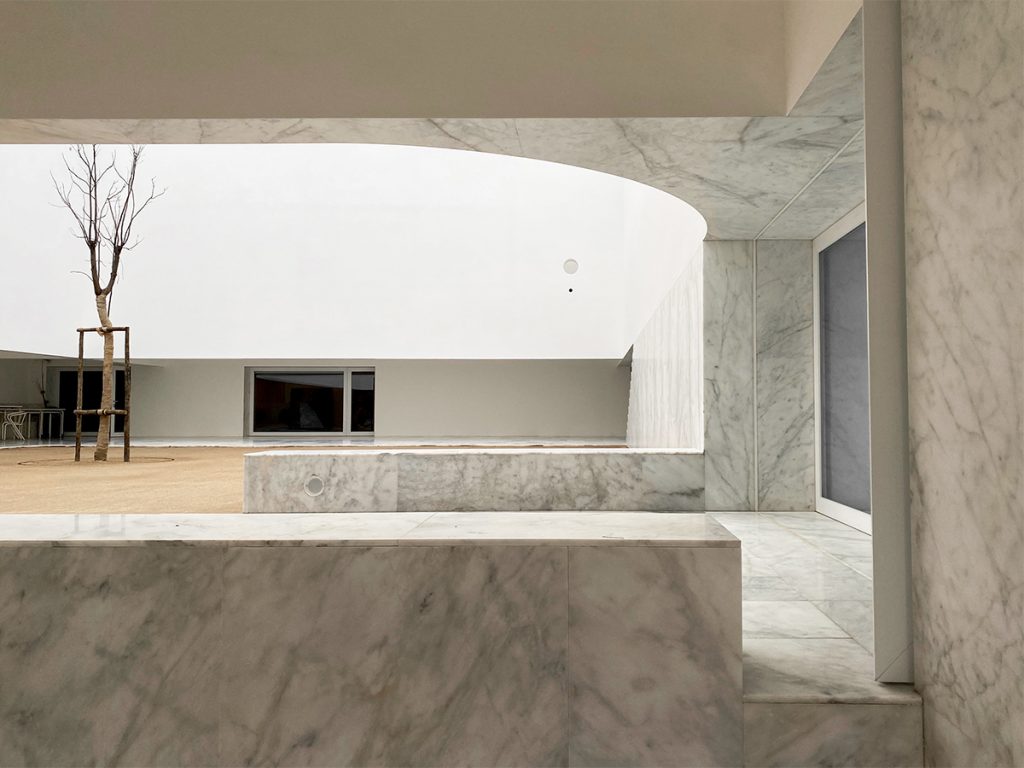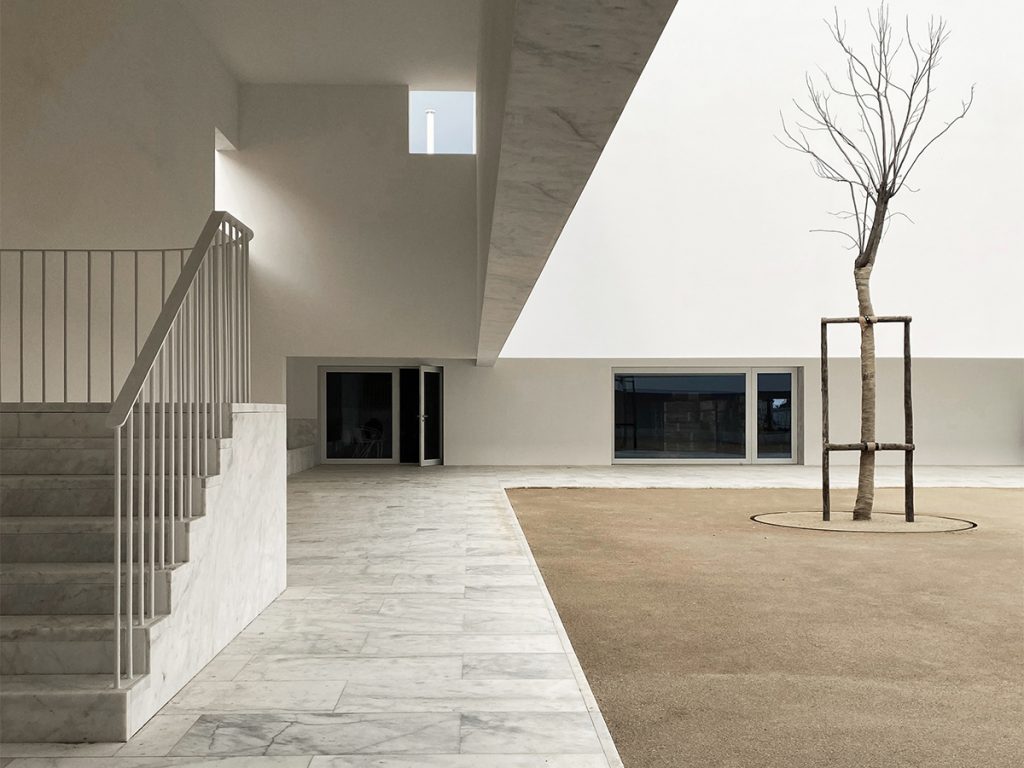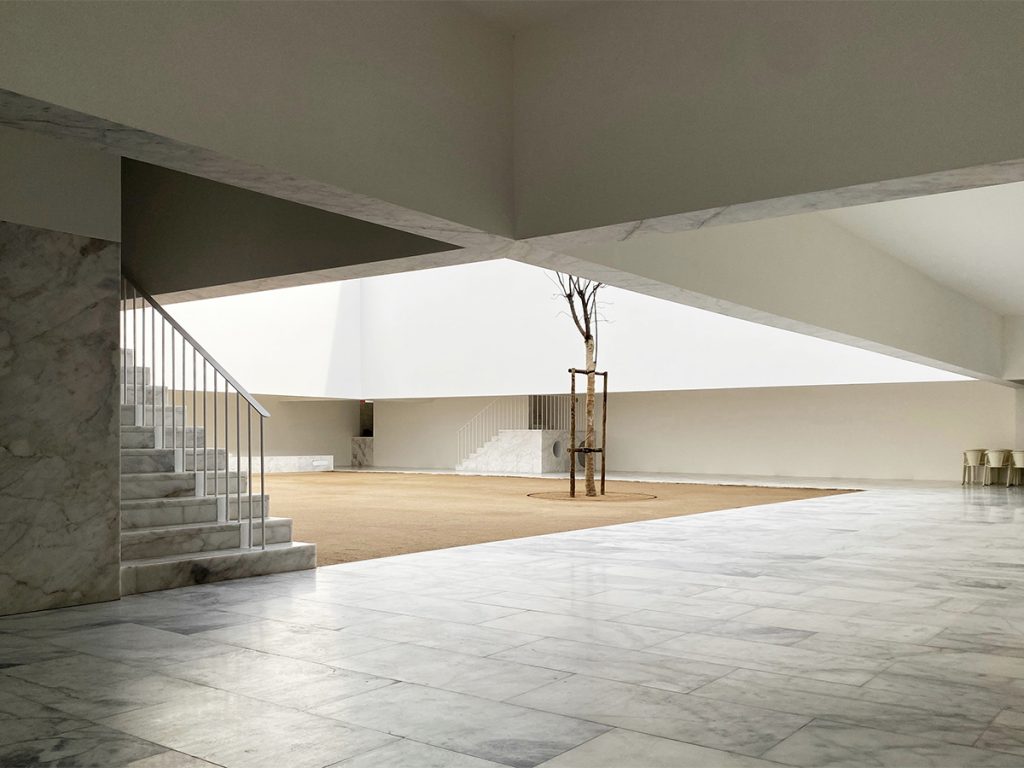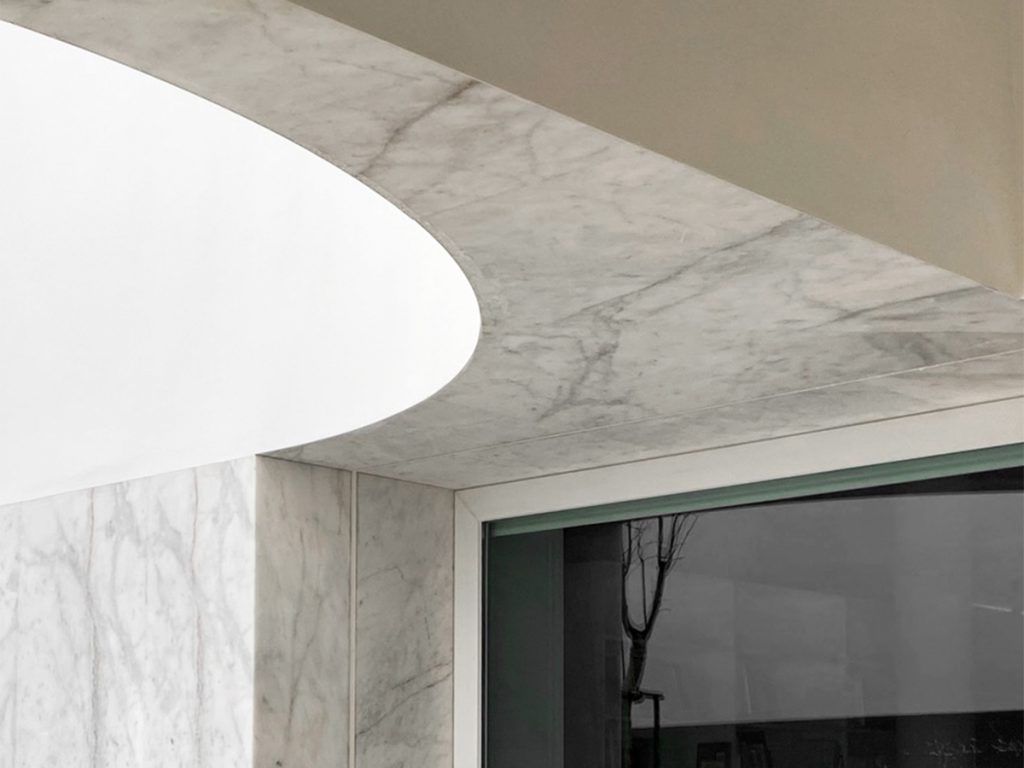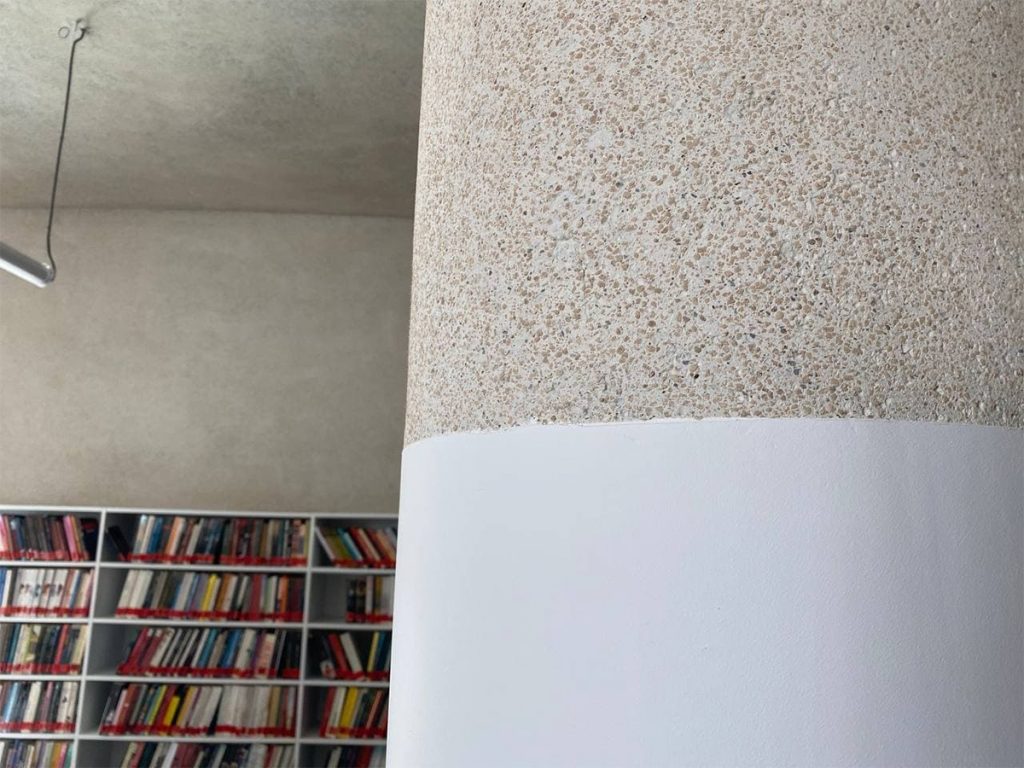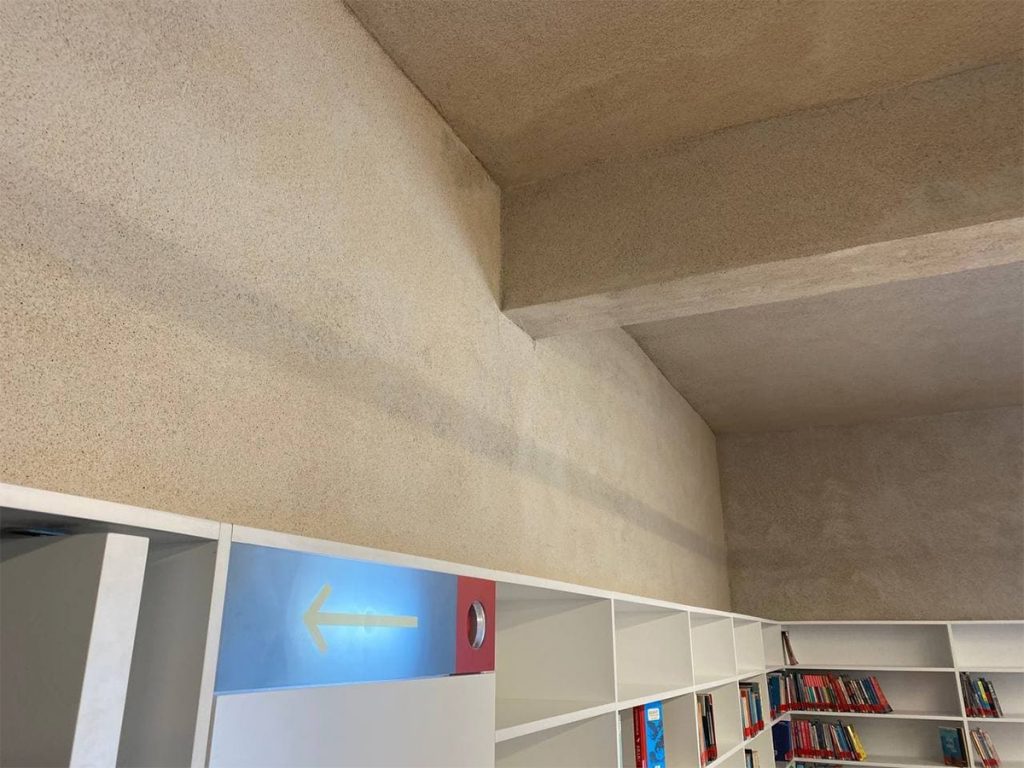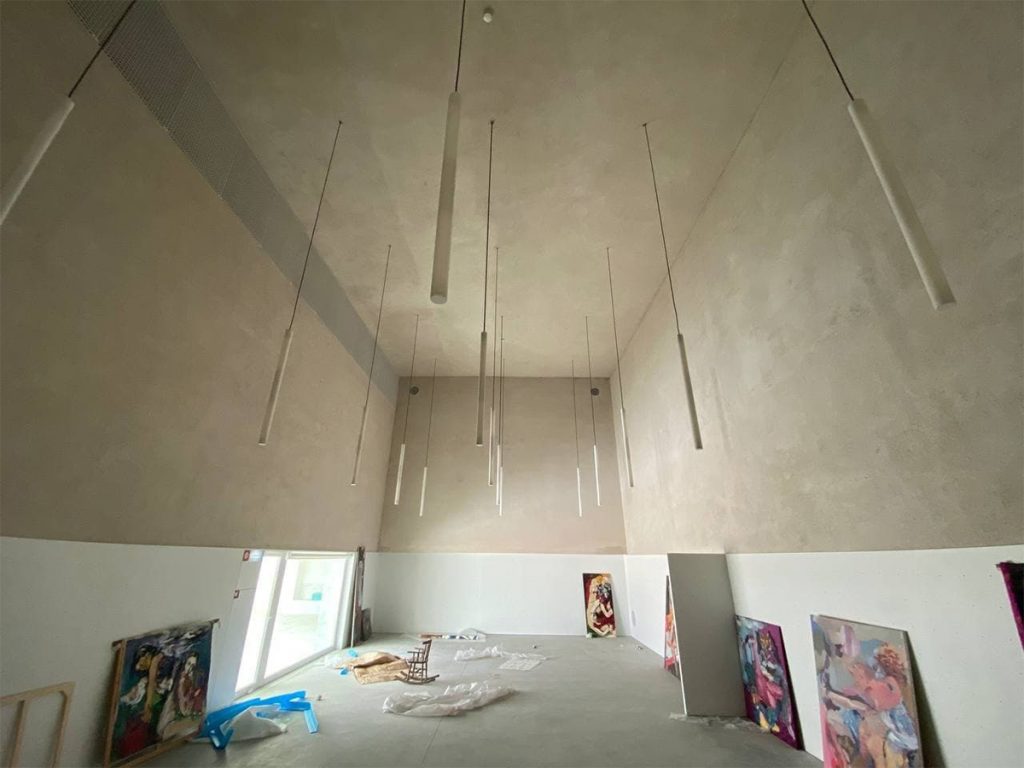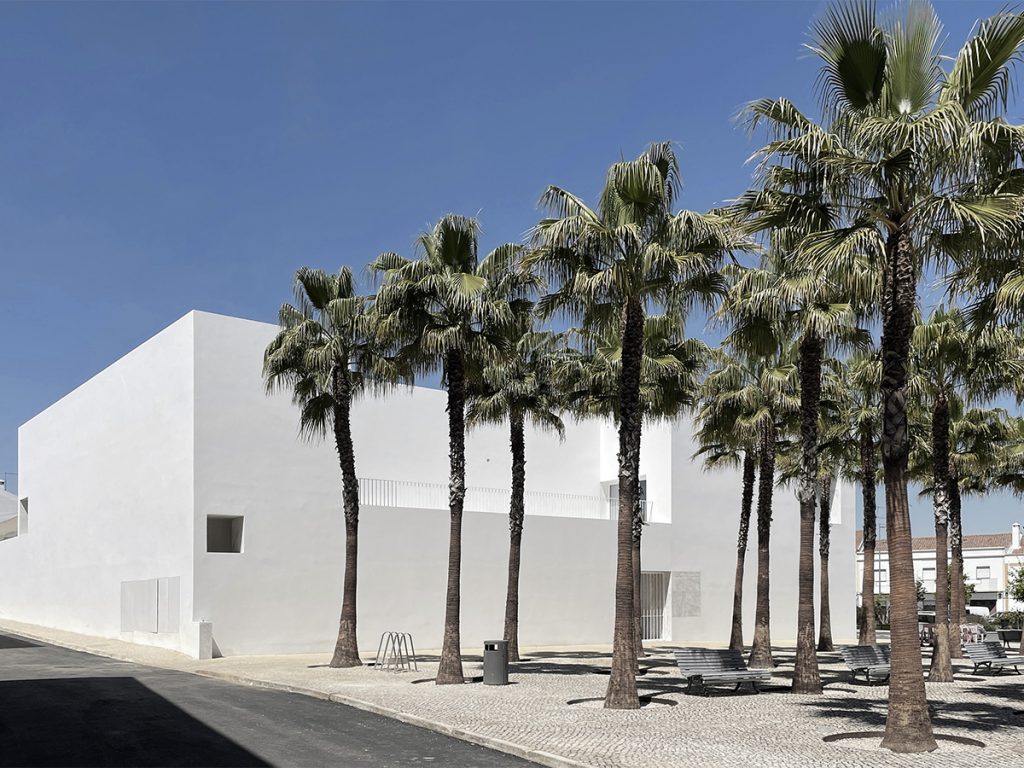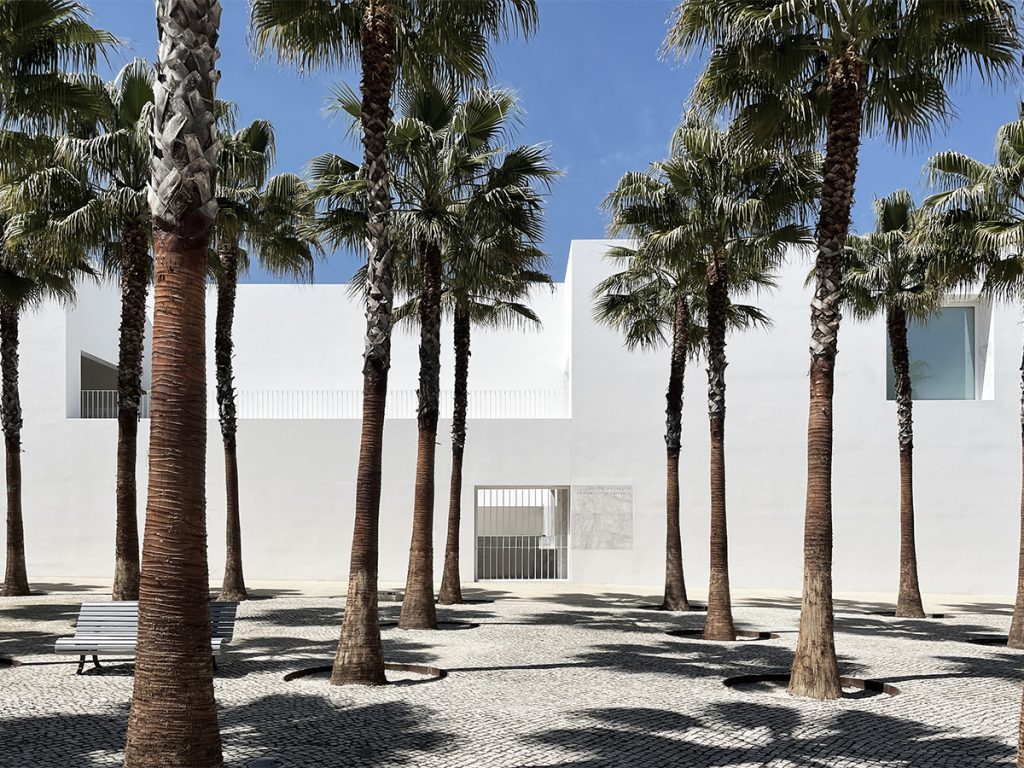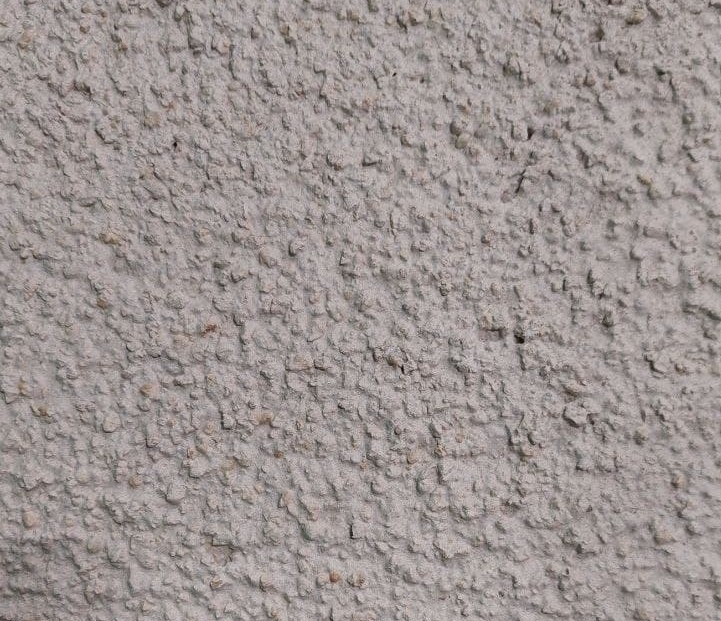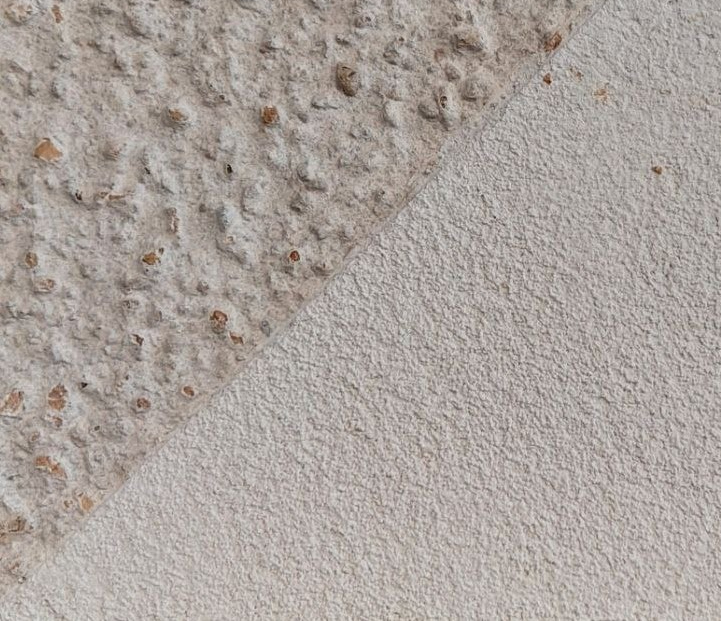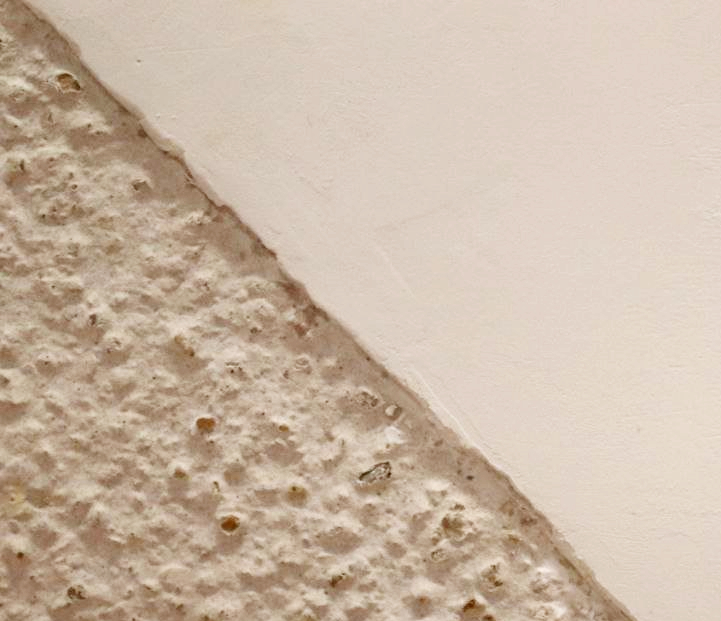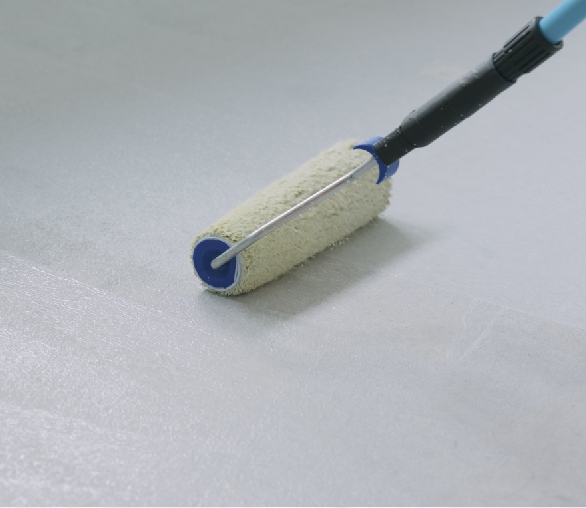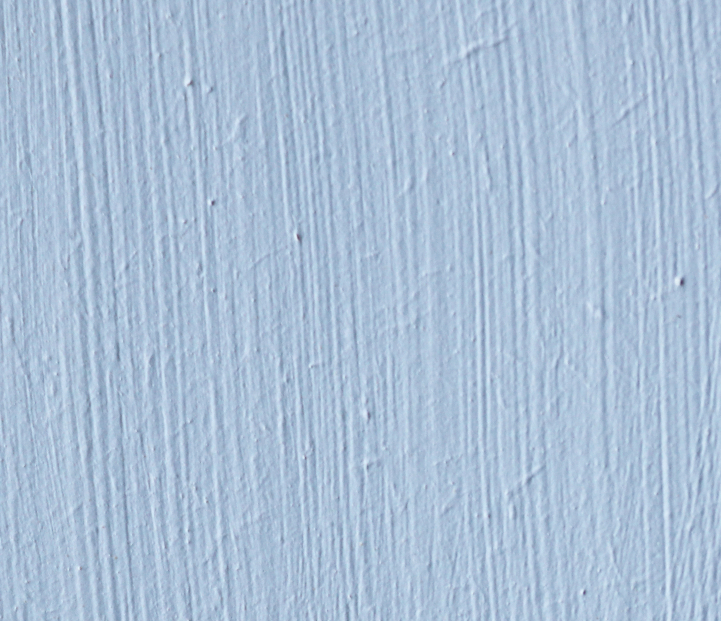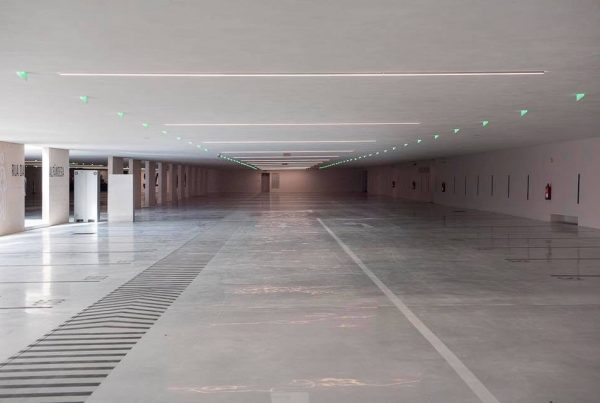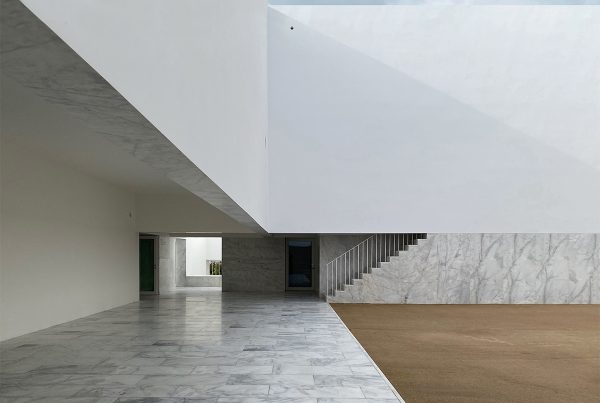The soundproofing of the municipal library in Grândola involved working on the interior spaces with ecological products and arose from the need to reduce noise pollution in the study rooms. Ecological solutions from the Diasen range were perfect for achieving the acoustic improvement.
A central location and cultural centre of the city, Grândola’s library and municipal archives are characterised by the group of palm trees that structure the renovated Praça da República, now purged of all noisy and confrontational elements, which have been removed in search of a more peaceful order.

